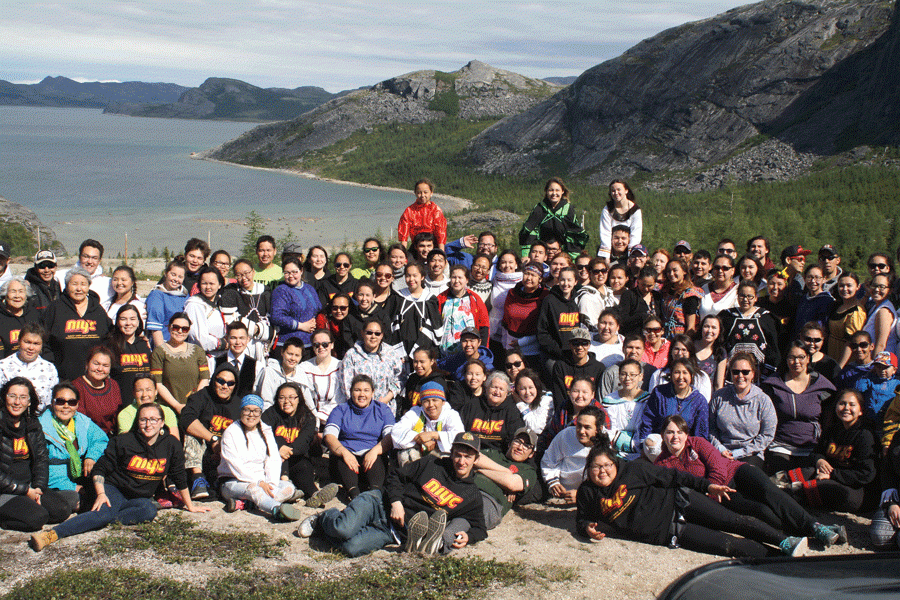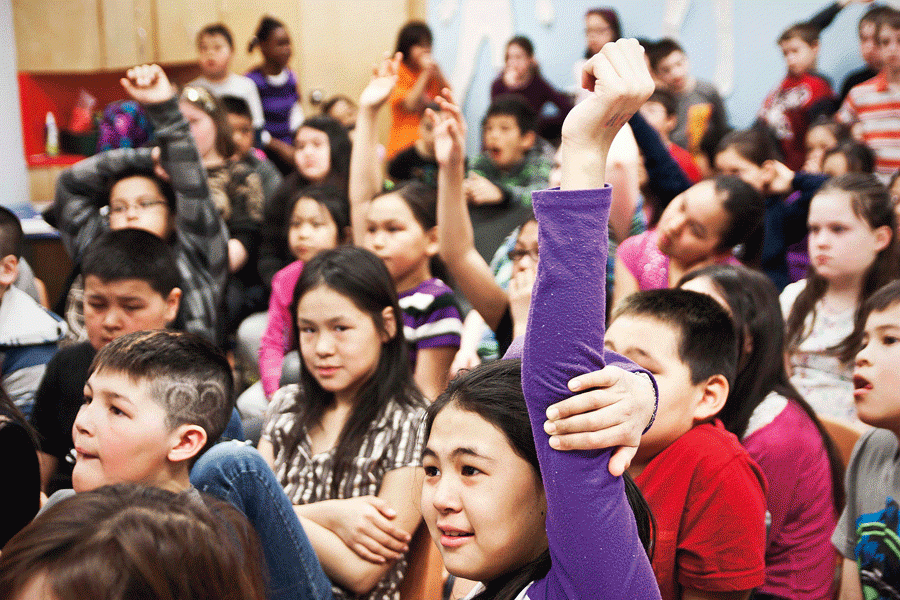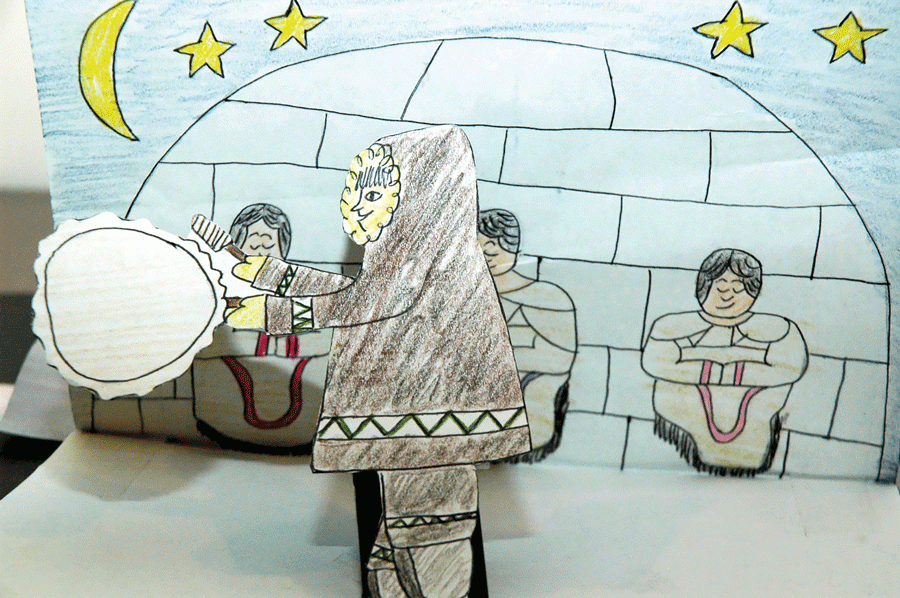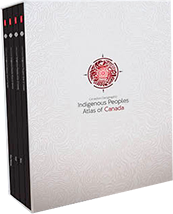Education
Prior to the Second World War, the majority of Inuit lived in seasonal camps on the Land in smaller family units. The skills Inuit needed to survive and thrive in this reality were passed down from generation to generation; once they became old enough to contribute, each member had a role to play in the survival and well-being of their family unit. Canadian schooling, which followed the western system of education and included residential and day schools, was imposed on Inuit families who moved into settlements and was used as a way to separate children from families who still lived on the Land.
Residential schools were often located far away from the new Inuit settlements, and students who attended them often faced loneliness and estrangement from their language and culture.
One of the first government-regulated schools specifically for Inuit opened in 1951 in Chesterfield Inlet, Nunavut. Residential schools were often located far away from the new Inuit settlements, and students who attended them often faced loneliness and estrangement from their language and culture. This rapid transition from the traditional methods of teaching and education had wide-ranging effects on the livelihoods of Inuit. These schools separated Inuit from their culture and language and disrupted the family unit, leaving many unable to understand parenting as they had never experienced parenting themselves. The reverberations of generations suffering rampant physical, psychological and sexual abuse at these schools are still being felt by Inuit today. Although many Inuit have thrived in the Canadian education system, the transition has been difficult.

Motivated largely by this history, Inuit have pursued political autonomy and self-determination through the negotiation of the comprehensive land claims agreements that define Inuit political status in Canada today. Self-determination for Inuit means the right to choose and define our own path forward on our own terms, including in the areas of education.
Inuit are among Canada’s youngest citizens, with a median age of 23 — nearly half the Canadian median age of 40. The bulk of this population is now moving through the education system, yet too few are graduating. Although data on graduation rates is limited and education outcomes by community vary widely, the stark reality of Inuit education today is that roughly 75 per cent of children are not completing high school. Many who do complete high school find that their skills and knowledge are not as complete as non-Indigenous graduates in the South because certain courses are not available in their communities. Some high school diplomas are not recognized by southern universities and colleges, requiring students to do additional courses to catch up.

Low educational outcomes are associated with adverse social implications, including greater unemployment, greater numbers of youth entering the criminal justice system and greater incidences of illness and poverty. Existing socio-economic conditions will worsen unless more Inuit children graduate from high school with opportunities to succeed in post-secondary education.
For Canada’s Inuit, education is delivered by four separate public education systems operating across two provinces and two territories and based on different historical contexts, legislation and systems of governance. Although education will never be delivered by a single system in Inuit Nunangat, for decades Inuit leaders in all regions have called for fundamental and complementary changes to their education systems to ensure the continued growth of the Inuit language and education that reflects Inuit culture, history and worldview. For many years, Inuit leaders have called for a greater emphasis on quality Inuit-language instruction as the primary language and either French or English as a second language. Now, there is a growing body of expert research that supports this vision, concluding that the greatest predictor of long-term success in school is quality instruction in a student’s first language for as long as possible.

More than any previous generation, today’s young Inuit will need education systems that are high reaching if they are to participate in the unfolding prosperity of this country. Yet, the reality of Inuit education in Canada is that too many of our children are not attending school, too few are graduating and even some of our graduates are not equipped with an education that fully meets the Canadian standard. This is the greatest social policy challenge of our time. Some 56 per cent of our population is under the age of 25, so improving educational outcomes is imperative.
Our education systems are only just emerging from the long shadow of residential schools, which had a profound impact on our families and communities. It shook our belief in ourselves. And if we are to restore the trust of parents who have been deeply hurt by their own educational experiences, we must build an education system grounded in the Inuit culture, history and worldview, and with respect for the role of parents. The modern history of Inuit land claims has proven that we can be successful in reclaiming those aspects of our lives that were once the foundation of healthy communities. We must now apply that same determination to building our own successful education system.

Order now
from Amazon.ca or Chapters.Indigo.ca or contact your favourite bookseller or educational wholesaler




